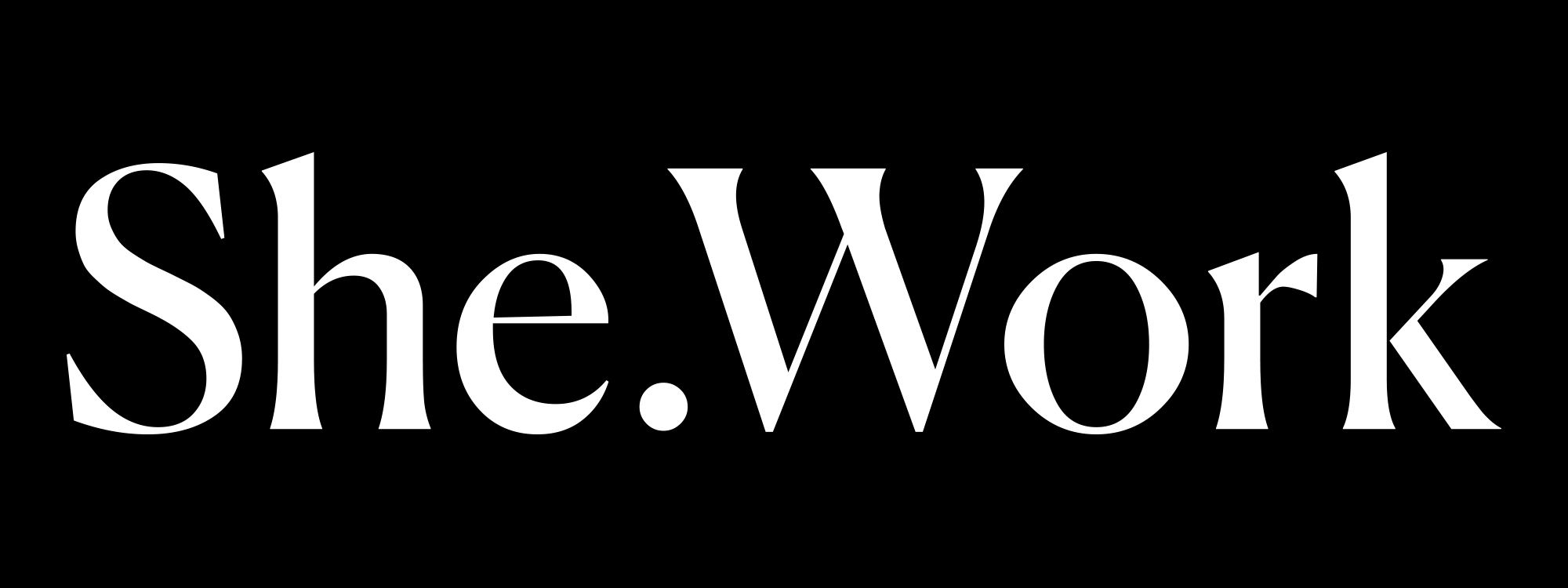Career agility refers to the ability to navigate career changes with confidence, adaptability, and strategic foresight. In today’s fast-changing job market, professionals must be proactive in identifying opportunities, upskilling, and aligning their career paths with emerging trends.
Those who cultivate career agility can pivot between roles, industries, or work models with ease, ensuring long-term success and job satisfaction.
Key Characteristics of Career Agility
- Continuous Learning: Staying updated with industry trends and acquiring new skills regularly.
- Adaptability: Being open to career shifts, new roles, and evolving job responsibilities.
- Proactive Networking: Building relationships that create career opportunities and insights.
- Self-Reflection & Growth Mindset: Regularly assessing personal strengths, weaknesses, and goals.
- Openness to Change: Willingness to take risks, explore different industries, or embrace new work models.
Why Career Agility Matters
- Future-Proofs Your Career: Helps you stay relevant in an ever-changing job market.
- Enhances Job Satisfaction: Aligns career choices with personal values and aspirations.
- Expands Opportunities: Allows professionals to transition smoothly between industries and roles.
- Builds Resilience: Reduces career anxiety by fostering confidence in handling change.
- Encourages Work-Life Balance: Provides flexibility to adjust career paths based on evolving priorities.
Examples of Career Agility in Action
- A marketing professional learns data analytics to pivot into digital strategy.
- A corporate employee embraces freelancing or entrepreneurship after a career shift.
- A teacher upskills in instructional design and transitions into corporate training.
- A tech worker takes on cross-functional projects to broaden skill sets and career prospects.
How to Develop Career Agility
- Invest in Lifelong Learning: Enroll in courses, attend workshops, and stay informed on industry trends.
- Expand Your Network: Build connections with professionals across different fields and industries.
- Embrace Career Transitions: View changes as opportunities rather than setbacks.
- Develop Transferable Skills: Strengthen skills like communication, leadership, and problem-solving that apply across roles.
- Stay Open to New Work Models: Consider hybrid work, freelancing, or portfolio careers for greater flexibility.
Challenges of Career Agility
- Fear of Uncertainty: Some professionals struggle with leaving familiar roles or industries.
- Skill Gaps: Staying relevant requires ongoing education and upskilling.
- Balancing Stability & Flexibility: Career agility must be balanced with financial and personal stability.
- Overcoming Resistance to Change: Organizations and individuals may resist non-traditional career paths.
The Future of Career Agility
As workplaces continue to evolve due to technology, automation, and globalization, career agility will become a must-have skill for long-term professional success. Those who embrace adaptability and continuous learning will have a competitive advantage in securing fulfilling, future-proof careers.
Career agility is about owning your career journey, staying flexible, and embracing change with confidence. The most successful professionals aren’t those who resist change—they’re the ones who adapt, learn, and grow.
Remember: Your career isn’t a straight path—it’s an evolving journey. Stay agile, and the opportunities will follow.
✱ If you liked this article, please share it with a friend who could use inspiration.
If you have a topic in mind or a story to share anonymously or with your name, email us at team@she.work
✿ Thank you for reading!
Subscribe to be our bestie, no spam—just good vibes once a month.





